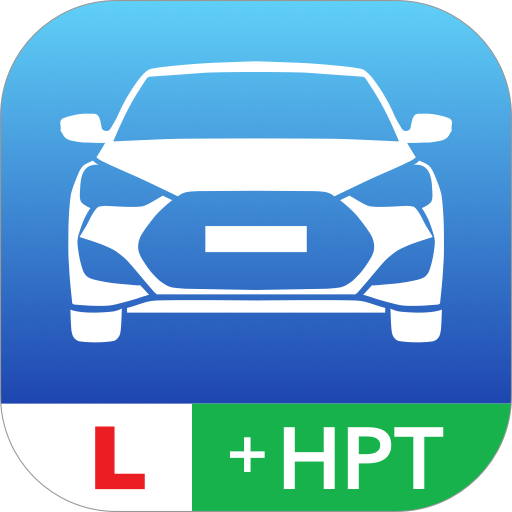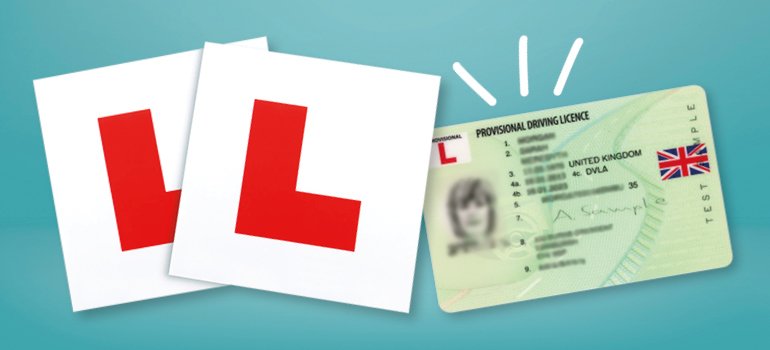How to start the process of learning to drive in the UK

How to start the process of learning to drive in the UK in 3 steps
1. Apply for your Provisional Driving Licence
2. Prepare for your UK Theory Driving Test
After submitting your application for a provisional licence, it’s now a good idea to start studying the Highway Code, knowing your traffic signs and reading about the essential skills needed for driving so you can begin familiarizing yourself with it all in preparation for your theory test and starting driving lessons.
Read: What books do I need to study to pass my UK driving Theory test to know exactly what you should be reading.
You need a provisional driving licence to book your theory test so once you have it you can apply to take your UK driving theory test.
You cannot apply for your practical driving test until you have passed the theory test.
Try our FREE theory test revision guide to understand the style of questions and answers you'll face in the theory test.
Get this App - Driving Theory Test and Hazard Perception Pro
This Driving Theory Test and Hazard Perception downloadable App contains the most up-to-date DVSA Theory Test revision questions, answers and explanations with Hazard Perception videos, all from the DVSA – the same people who set the tests.
3. Take out Learner Driver Insurance
Note: If you take driving lessons with an instructor you do NOT need car insurance, as you will already be covered under your instructor's policy. However, if you plan to get some extra driving practice in with your parents or in a friend's car then you will need to take out learner driver insurance, which provides cover for provisional licence holders learning to drive. 
Rules for Learning to Drive & Learner Driver Insurance rules
Once you have your provisional driving licence and learner driver insurance then you're pretty much set to start learning to drive. Here's the rules for learning to drive along with some learner driver insurance rules to remember: -
- You must always be supervised when you’re learning to drive a car. This can either be by a driving instructor or someone else who meets the rules, for example, family or friends, but they must be (a) over 21 years, (b) be qualified to drive the type of car you want to learn in, for example, they must have a manual car licence if they’re supervising you in a manual car, and (c) they must have held their full driving licence for three (3) years. They must also (d) not be intoxicated, and (e) must sit in the front passenger seat.
If you drive without the right supervision, you can be fined up to £1,000 and you can receive up to six (6) penalty points on your provisional licence.
- The car you learn in must display L plates on the front and back of your car (you can use D plates in Wales). You can receive up to 6 penalty points if you don't display an L plate. Once you've passed your driving test, you can replace your L plates with P plates.
- Legally, you can drive at any time, day and night. However, the insurer may restrict driving times, for example, driving only between 06:00 - 22:00. Check your if there is a curfew.
- Speed limits when driving with ‘L’ plates in England, Scotland and Wales are the same as when you’ve passed your test. In Northern Ireland the speed limit is 45 miles per hour when you’re learning to drive a car.
- You can only drive on a motorway if you’re with (a) an approved driving instructor (ADI), (b) the car is fitted with dual controls, and (c) you’re driving in England, Scotland or Wales.
www.passwithalison.co.uk is a participant in the Amazon Services LLC Associates Program, an affiliate advertising program designed to provide a means for sites to earn advertising fees by advertising and linking to amazon.com. As an Amazon Associate, I earn from qualifying purchases. www.passwithalison.co.uk participates in various other affiliate programs and we sometimes get commission through purchases made through our links.







